Snoring for Primary Care
Snoring is estimated to affect up to 40% of the population, and patients commonly present to primary care, often encouraged by their bed partner.
Snoring is the sound of the soft tissues in the airway (usually soft palate and uvula) vibrating as patients breathe while asleep.
Risk Factors
For some people, it is simply due to the shape of their upper airway. Other anatomical factors include very large tonsils and a deviated nasal septum.
Risk factors include:
Obesity, as more fat in the neck narrows the upper airway
Smoking
Alcohol and sedating medications that relax the upper airway muscles
Allergies such as hayfever that cause inflammation and narrowing of the upper airway
Assessment
Snoring is frequently a benign condition, but is present in almost all patients with obstructive sleep apnea (OSA). Therefore if a patient presents with snoring it is important to assess them for other symptoms of OSA including:
Episodes of stopping breathing during sleep (apneas)
Gasping, choking, or gagging during sleep
Excessive daytime sleepiness (check Epworth Sleepiness Score)
Morning headaches
Poor concentration or memory problems
If patients have two or more of these symptoms then you should refer them for a sleep study to assess for OSA.
You should examine the nose and upper airway to check for enlarged tonsils, nasal polyps and septal deviation.
Management
Initial advice will usually include lifestyle measures and simple management techniques:
Weight loss
Smoking cessation
Reduction in alcohol intake
Advising patients to sleep on their side as the airway is narrower in the supine position (for example by sewing a tennis ball into the back of their pyjamas, or using a triangular pillow)
Medication
Reducing sedating medications where possible
Treating rhinitis with nasal steroids
Specific treatments:
Mouth snorers can find improvement with the use of an elasticated chin strap that gently holds the mouth closed during sleep
Nasal strips may help keep nasal passages open
Mandibular advancement devices (oral appliances) - are also used as a treatment for mild to moderate OSA. The patient wears a gumshield over the top and bottom teeth that clips together and moves the lower jaw forward to open the airway. Patients can buy self-moulded devices or have them custom-made by a dentist
CPAP – if patients are diagnosed with OSA, then CPAP is also a highly effective treatment for snoring, although wouldn’t be indicated for simple snoring without OSA
Surgery
A number of surgical treatments are available, with varying success. Surgery for snoring is usually only funded by the NHS in exceptional cases but may be obtained privately.
Surgical procedures include:
Laser-assisted uvulopalatoplasty (LAUP) to reduce tissue in the soft palate
Somnoplasty – this uses radiofrequency ablation to shrink tissues around the soft palate and tongue
Septoplasty straightens a deviated nasal septum
Tonsillectomy and adenoidectomy

